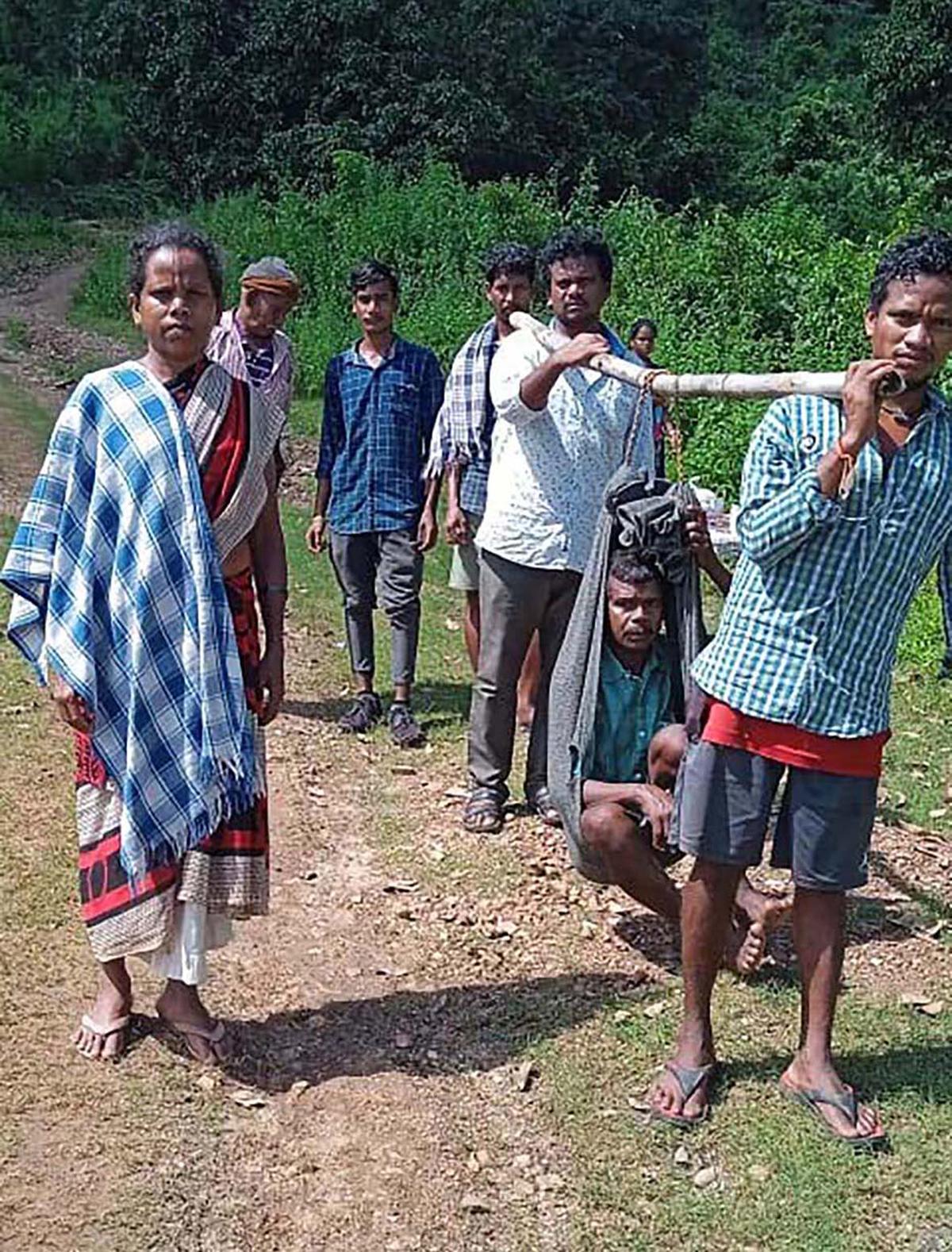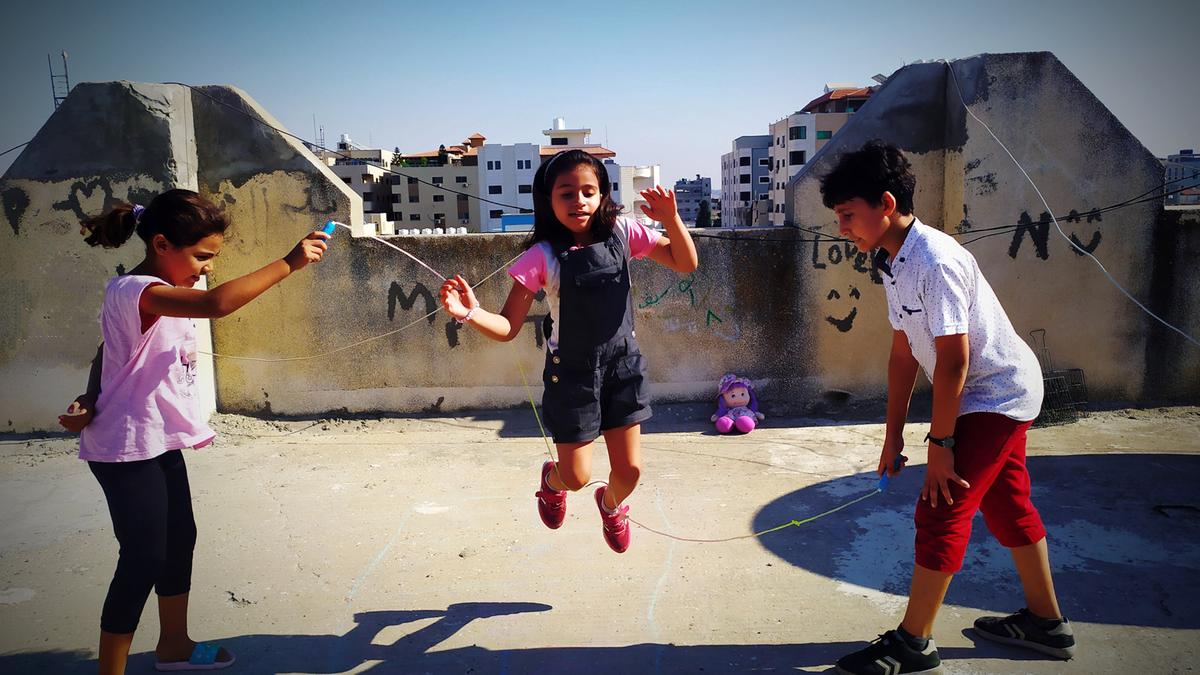Even after 75 years of Independence, there are a number of villages in the agency areas of Alluri Sitharama Raju district that are not connected by road
Even after 75 years of Independence, there are a number of villages in the agency areas of Alluri Sitharama Raju district that are not connected by road
On October 13, 23-year-old Korra Radha of Gaduthuru panchayat of G. Madugula mandal in the newly carved out Alluri Sitharama Raju (ASR) district of Andhra Pradesh, developed labour pains around 4 a.m. The nearest Public Health Centre (PHC) from her village is at Vasumamidi, which is around 20 km away, and there is no road access from her village to the PHC. The family members assembled a makeshift ‘ doli’ and four members of the family placed Ms. Radha on it and started the arduous trek of 20 km at 8 a.m.
When they were just half-way through, Radha delivered of a baby boy in the doli and her condition started to deteriorate. After a non-stop journey, they finally reached the PHC around 1 p.m., where the doctor completed the procedure and saved her and the child.
Also read | Tribal people in Alluri Sitarama Raju district seek power supply to their villages
But S. Ramulamma (62) of Rajakillam village of Pinnakota panchayat of Anantagiri mandal was not that lucky. A sick Ms. Ramulamma struggled to reach the PHC at Balagaruvu, which is about 7 km from her village in a doli, where she was given the basic treatment, but died before she could reach King George Hospital in Visakhapatnam district, as the PHC had referred her to the hospital as her case was a bit serious.
Even after 75 years of Independence, an occasion that is being celebrated across the country as ‘Azadi ka Amrit Mahotsav’, there are a number of villages in the agency areas of ASR district, which were earlier in Visakhapatnam district, that are not connected by any form or road.
Tribal people who are sick, including pregnant women, are shifted in these makeshift dolis and the bearers have to undergo an arduous trek of 10-20 km, braving bad weather, cross hillocks, trek through thickly forested tracts and at times wade through waist-deep flowing rivulets and streams.
Unable to bear the journey, there are a number of occasions when pregnant women have given birth en route and the sick have died.
As per an official record, about 900 tribal habitations are yet to get any form of road connectivity, which includes the basic kuccha road.
As of now, the district has 64 PHCs, 352 sub-centres, four area hospitals, five Community Health Centres, 296 village clinics and one district hospital.
Big and backward
Post bifurcation of the districts in Andhra Pradesh, ASR is the second biggest district with an area of about 12,251 sq km and the lowest population of around 9.54 lakh, spread over 22 mandals.
Almost all the mandals are Maoist-affected and this is one reason why development has taken a backseat. The Maoists are vehemently opposed to any form of development and did not allow the authorities to build roads to connect the villages.
Another aspect that hit the road connectivity is the tussle between the district administration and the Forest department. Many roads sanctioned under the MGNREGA could not come up as the roads cut through reserve forest areas.
Improvement on cards
Speaking to The Hindu, District Collector Sumit Kumar said improvement was on the cards, as primarily the Maoist presence had dwindled considerably and the government was now keen to push its development agenda.
“We are now able to move to interior parts, which were once the hotbed of Maoists and take the development schemes to doorsteps,” he said.
“Apart from recruiting 128 doctors, we are upgrading the PHCs under the Nadu Nedu scheme and on priority basis are identifying the places where roads and bridges are to be built to improve the connectivity,” he added.







